Europe through the eyes of Russian artists
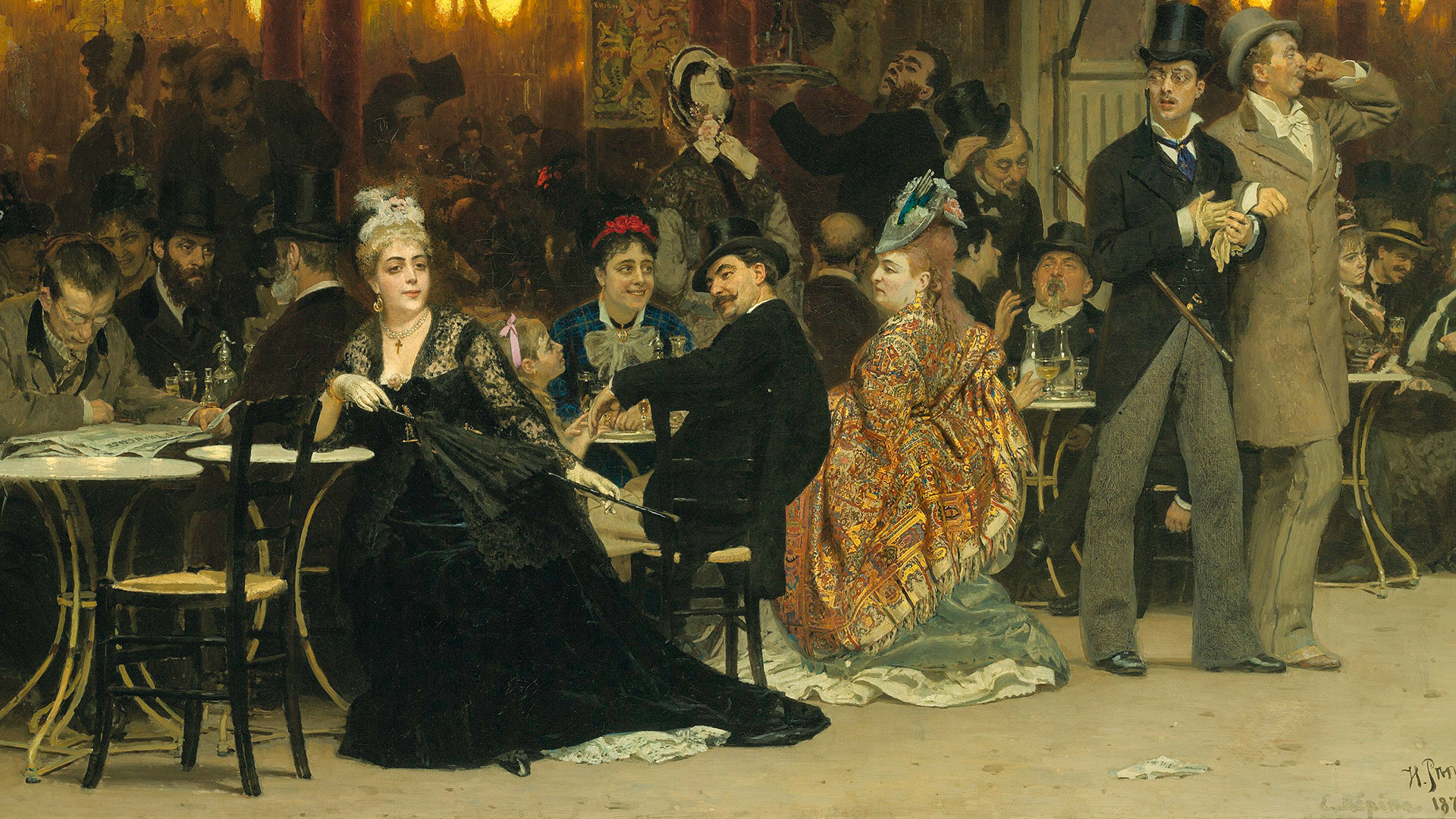
Sylvester Shchedrin (1791-1830)
The precocious Shchedrin at a very young age entered the St. Petersburg Academy of Arts, where he received a gold medal for his final-year project and a stipend to travel to Europe. In 1818 he went to Italy and became so captivated by the country that he spent the rest of his life there. His element was the open air — as a master of the plein-air style, he developed an incredible range of colors and light textures. Highly innovative for early 19th-century Russian art, his views of Rome, Naples and Sorrento are housed in Russia’s main art galleries.
The Colosseum, 1819
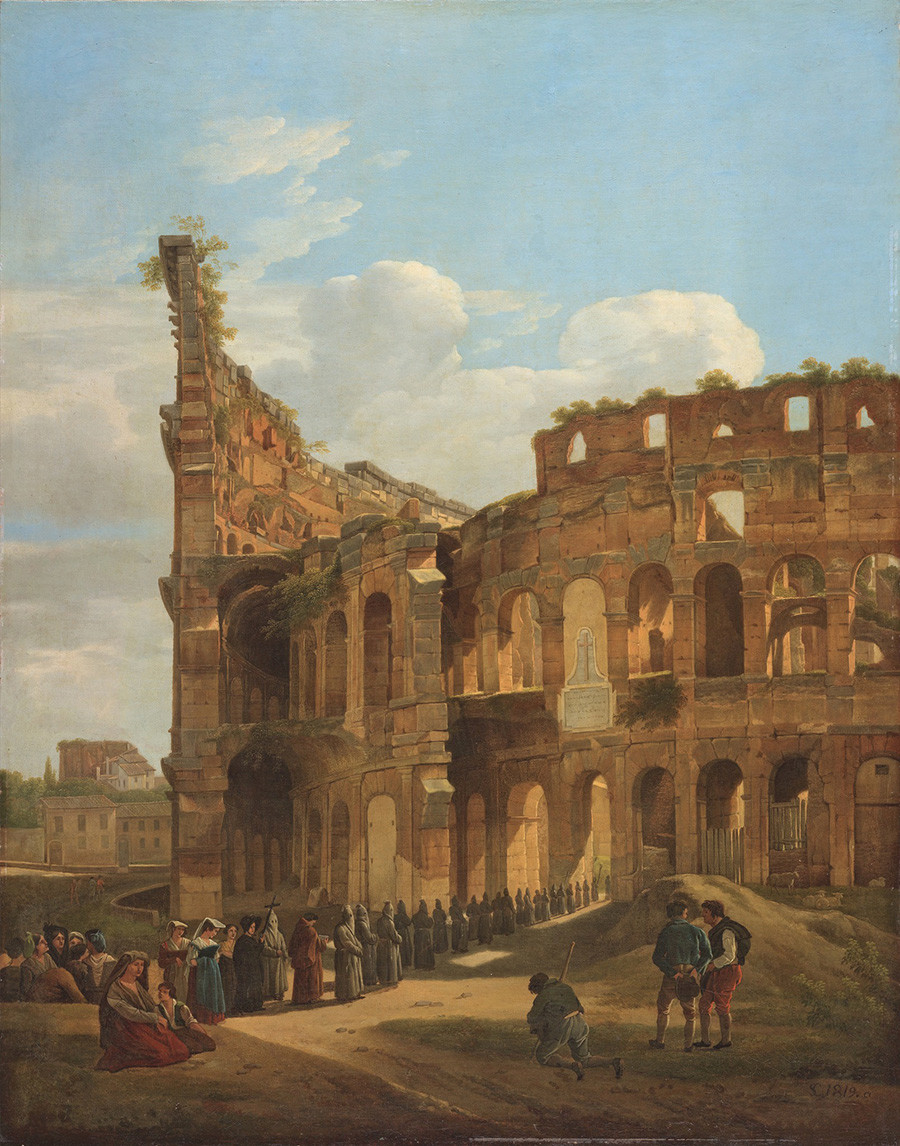
New Rome. Castel Sant'Angelo, 1823-25
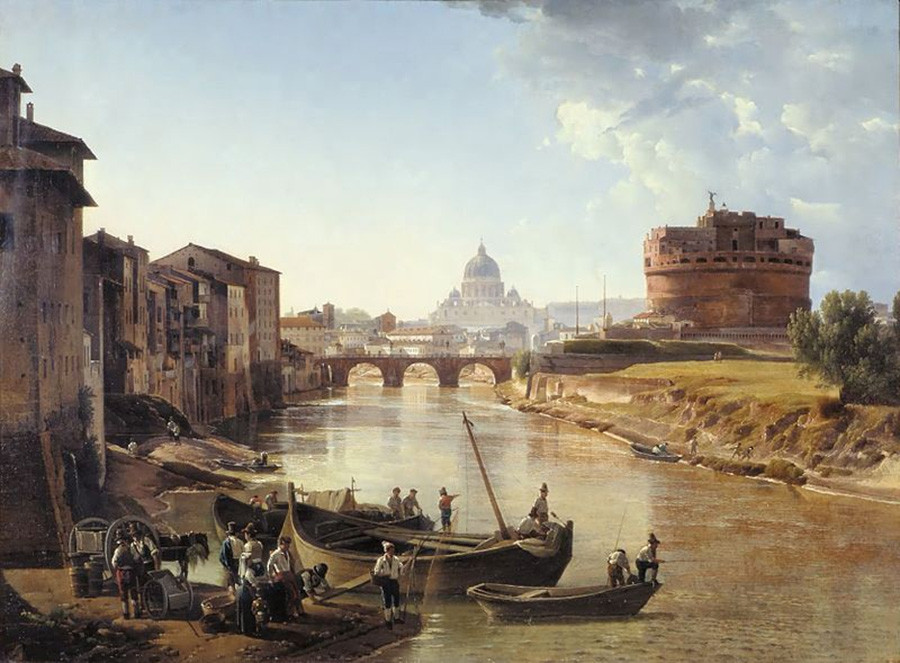
Terrace in Sorrento, 1825
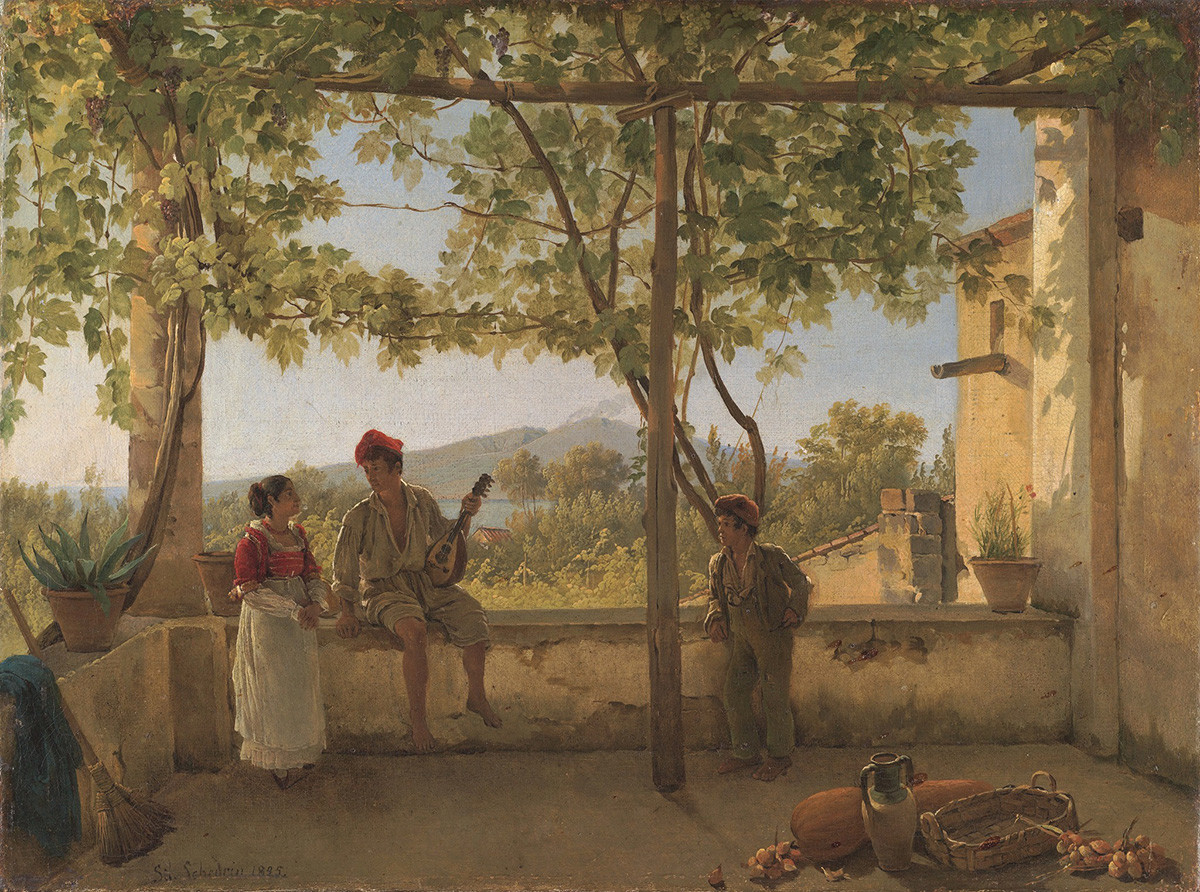
Small Harbor in Sorrento Overlooking the Islands of Ischia and Procido, 1826

Moonlit Night in Naples, 1828
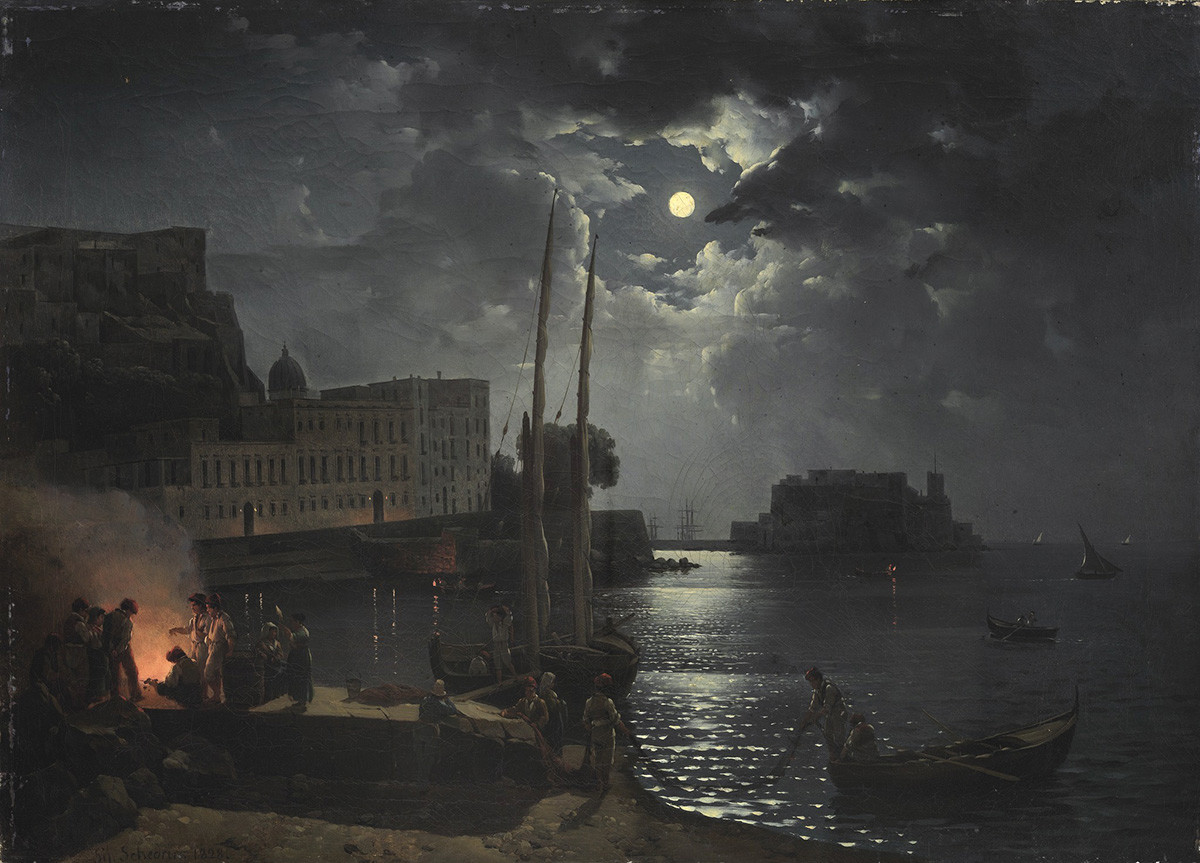
Karl Bryullov (1799-1852)
Bryullov lived in Italy for many years and painted several paintings on Italian subjects (Italian Morning was even presented to Empress Alexandra Feodorovna, wife of Nicholas II). The artist also traveled to Greece and Turkey, where he created several genre paintings. The piece de résistance of his wanderings abroad was his monumental canvas The Last Day of Pompeii. In it, Bryullov attempted to capture the chaos and horror gripping the city during the eruption of Vesuvius.
Italian Morning, 1823
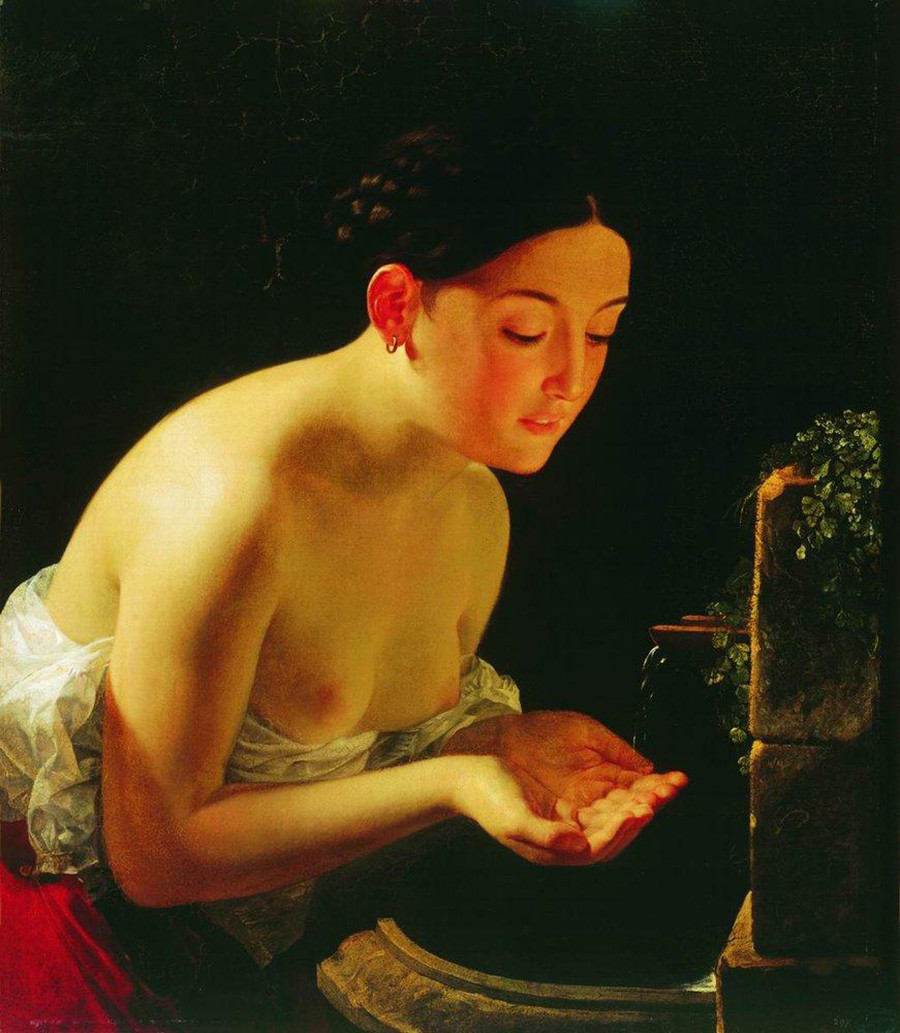
Girl Picking Grapes in the Vicinity of Naples, 1827

The Last Day of Pompeii, 1833
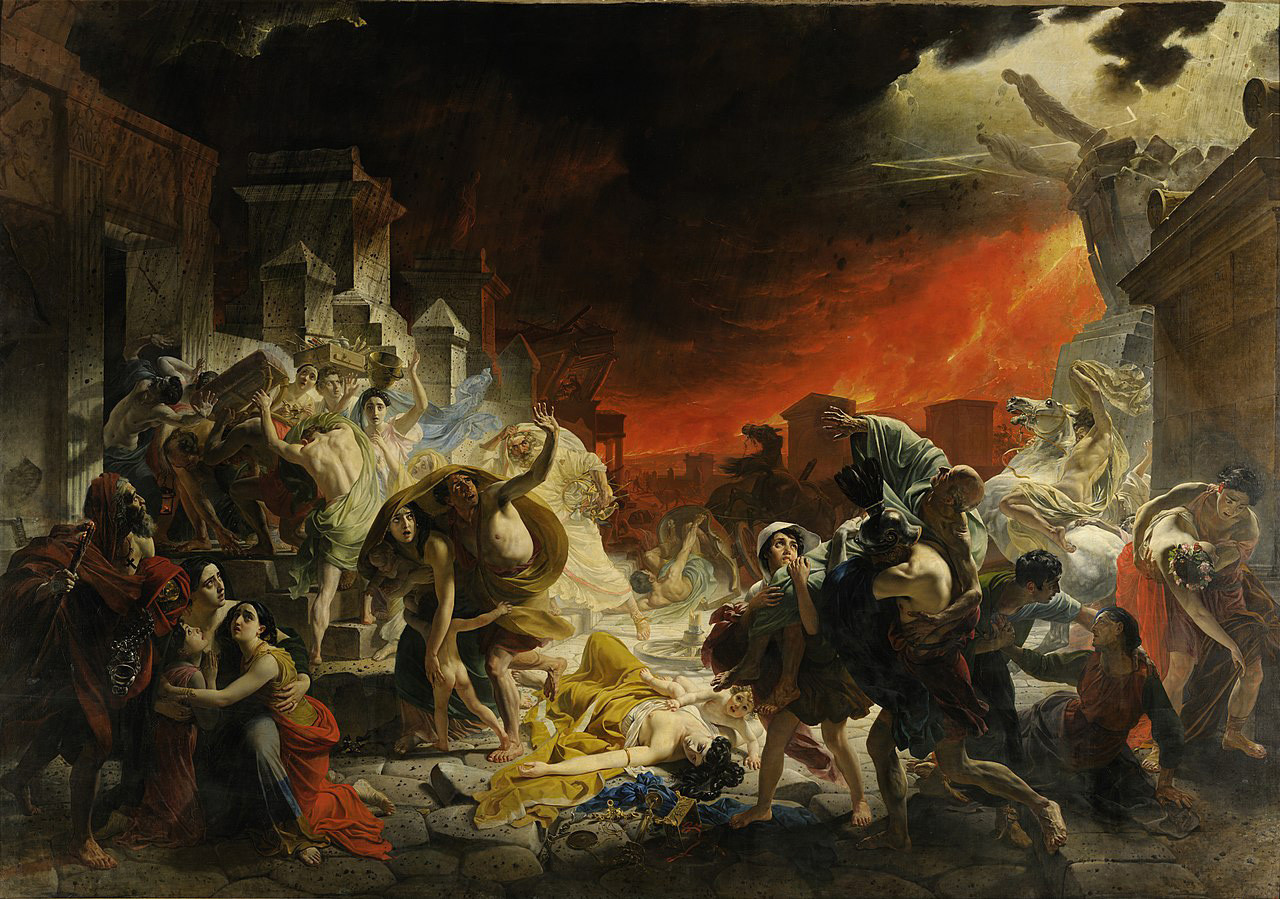
Confession of an Italian Woman, 1830
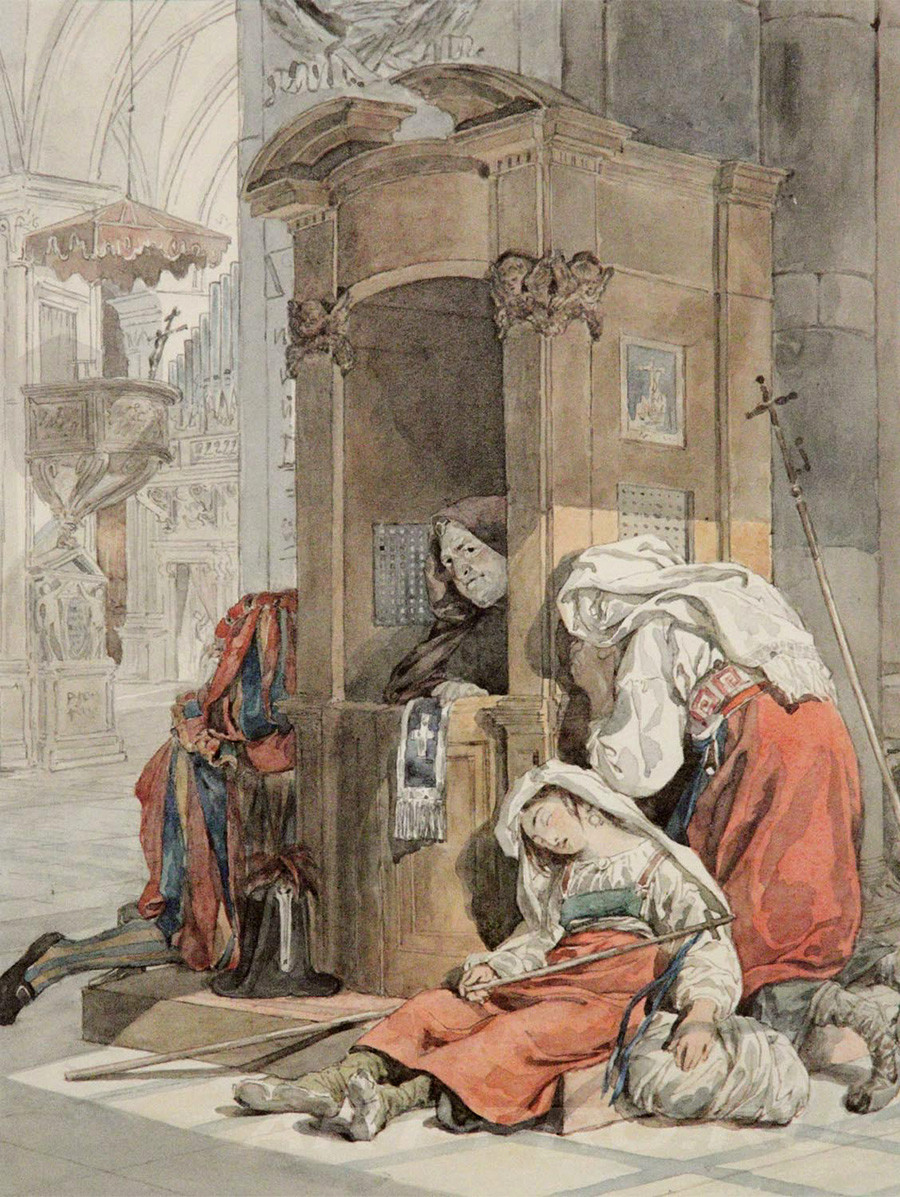
Stroll at Albano, 1833

Greek Morning in Myraca, 1835

Temple of Apollo in Phigalia, 1835
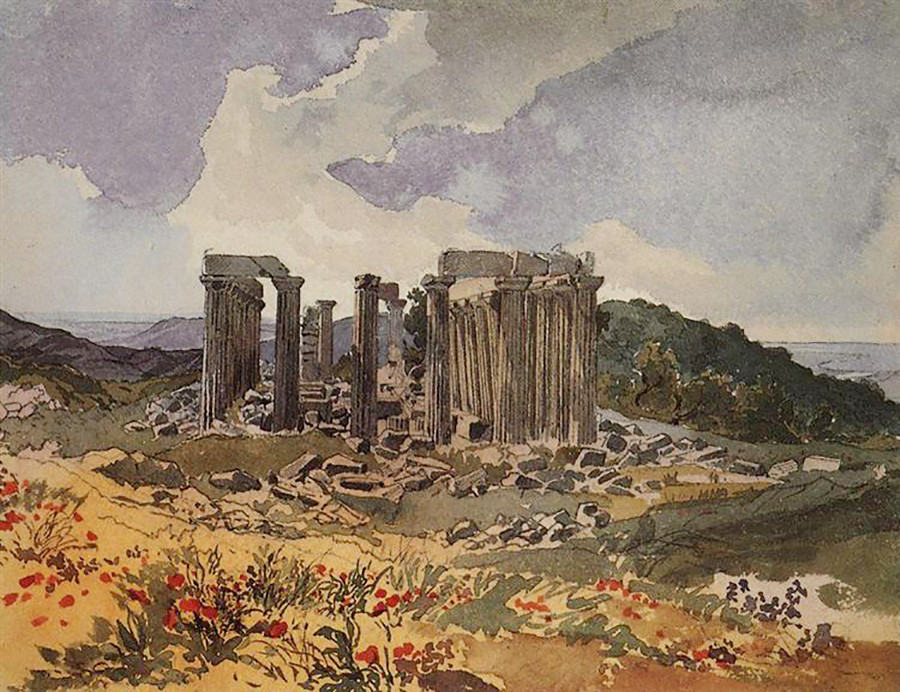
Landscape on Madeira Island, 1850
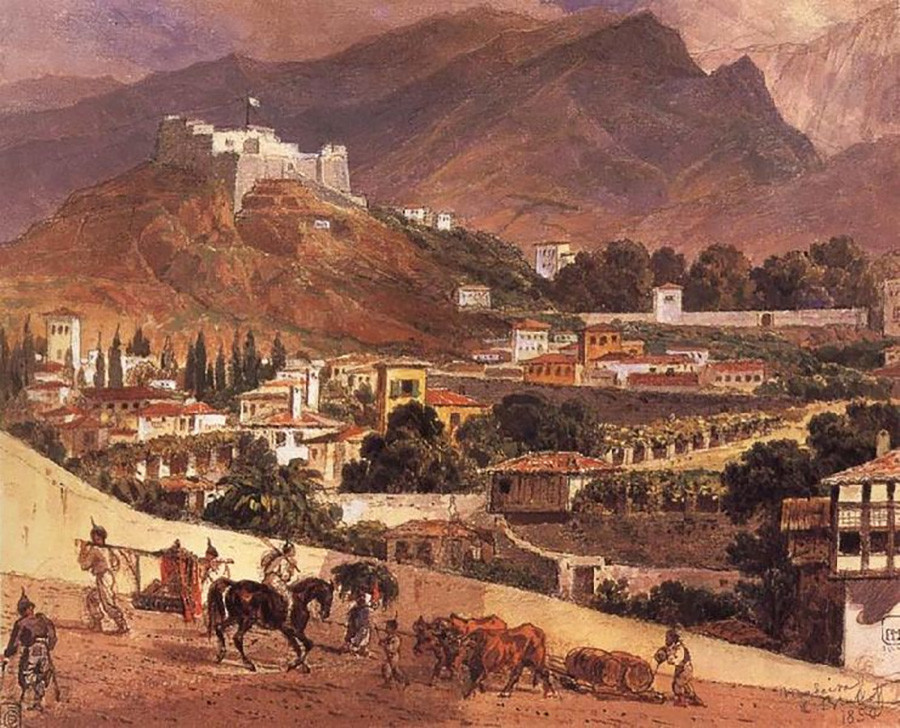
Ivan Aivazovsky (1817-1900)
Aivazovsky’s main element was the sea. As Russia’s finest seascape artist, he devoted hundreds of works to his country’s waterways and coastline, including the Neva River in St. Petersburg, the Black Sea and Crimea (where his favorite rock for painting en plein air was named in his honor). But Aivazovsky also produced a dozen paintings of the Venetian coast and several landscapes from Naples and Constantinople (modern-day Istanbul). The artist also traveled to Lisbon, Portugal, at the very edge of Europe.
Venice, 1842
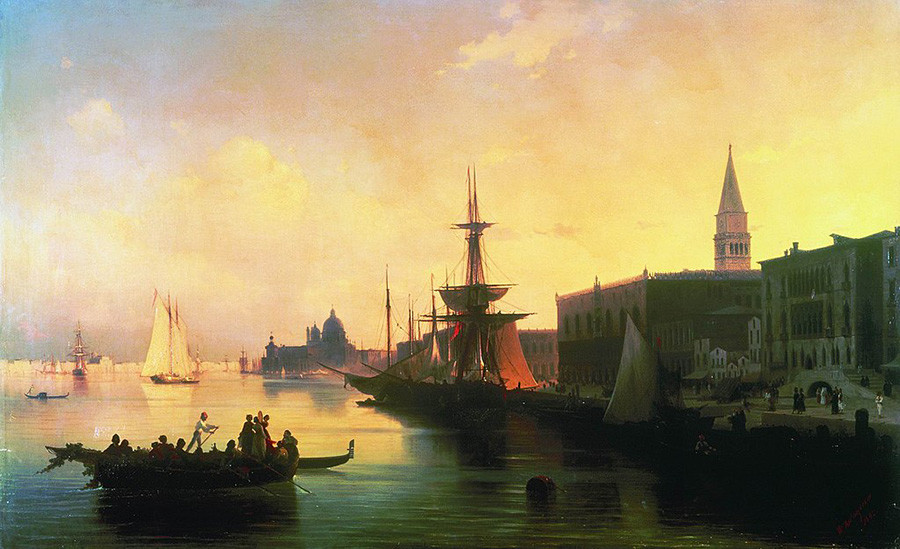
The Bay of Naples on a Moonlit Night, 1840s
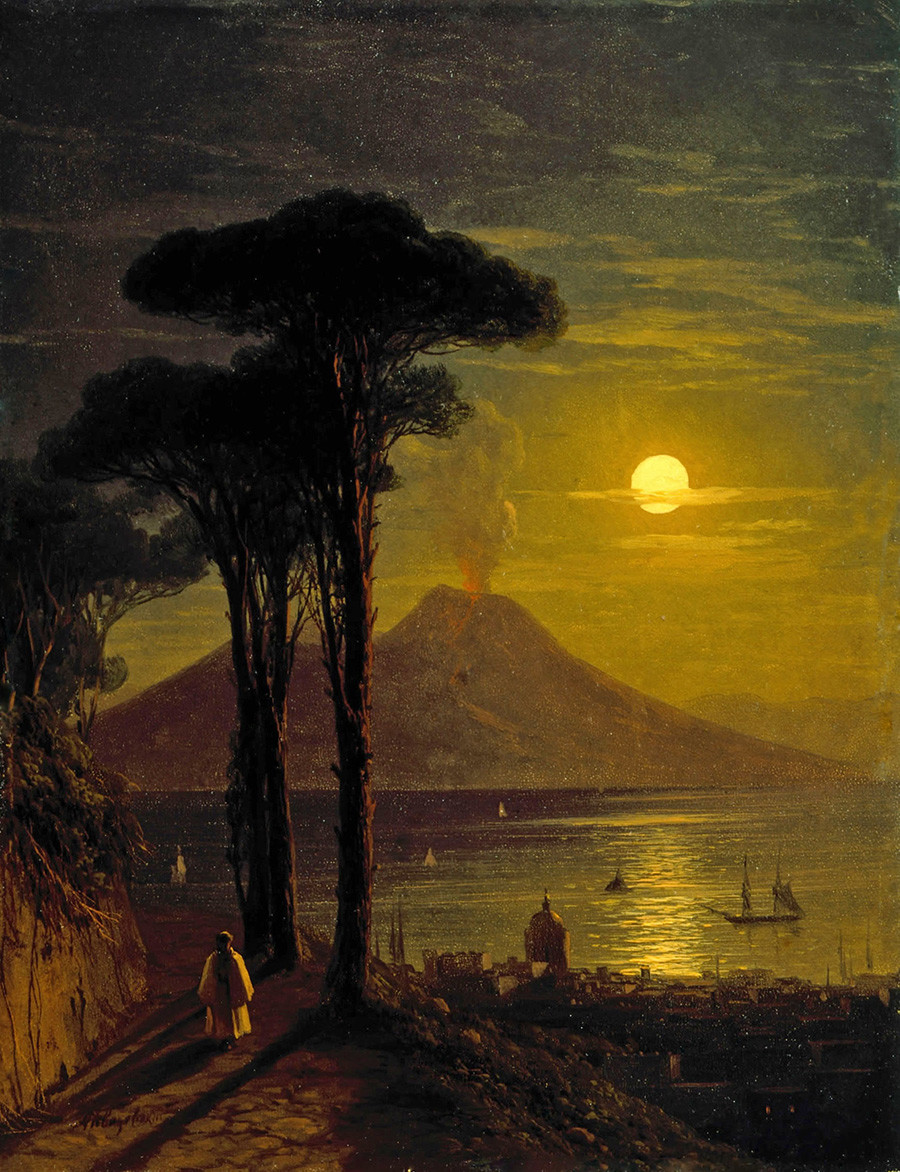
View of Constantinople and the Bosphorus, 1856
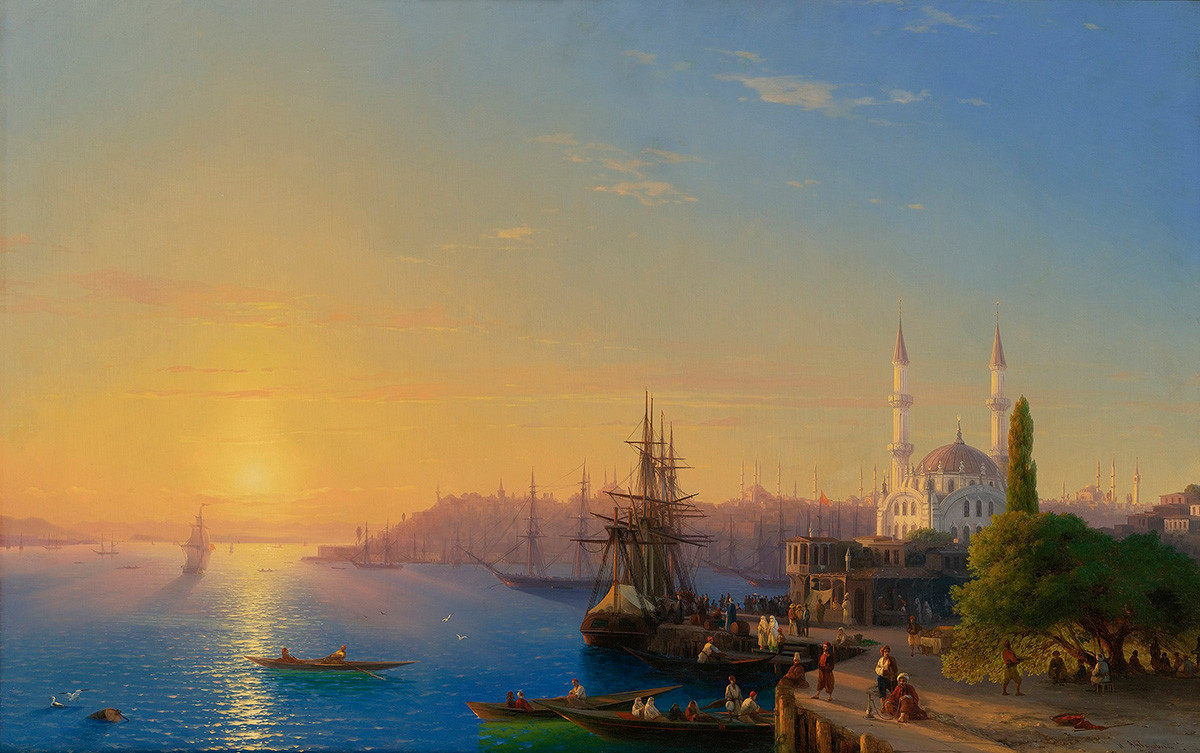
Lisbon. Sunrise, 1860s

Venice, 1874

Constantinople. Sunset, 1899
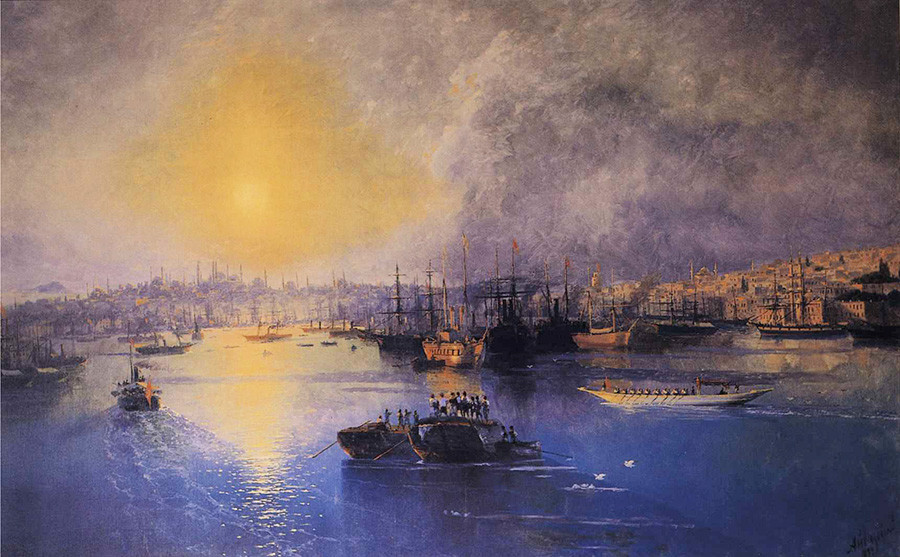
Konstantin Korovin (1861-1939)
A major theater artist at the turn of the 20th century, Korovin traveled widely in search of subjects. He also decorated the Russian pavilion at the Exposition Universelle of 1900, a world fair held in Paris, a city he visited several times. The artist was greatly influenced by the French Impressionists, as can be seen in his Parisian subjects. In the 1920s, he emigrated from Soviet Russia to his beloved Paris.
Parisian Café, 1890

Hammerfest. Northern Lights, 1894-95
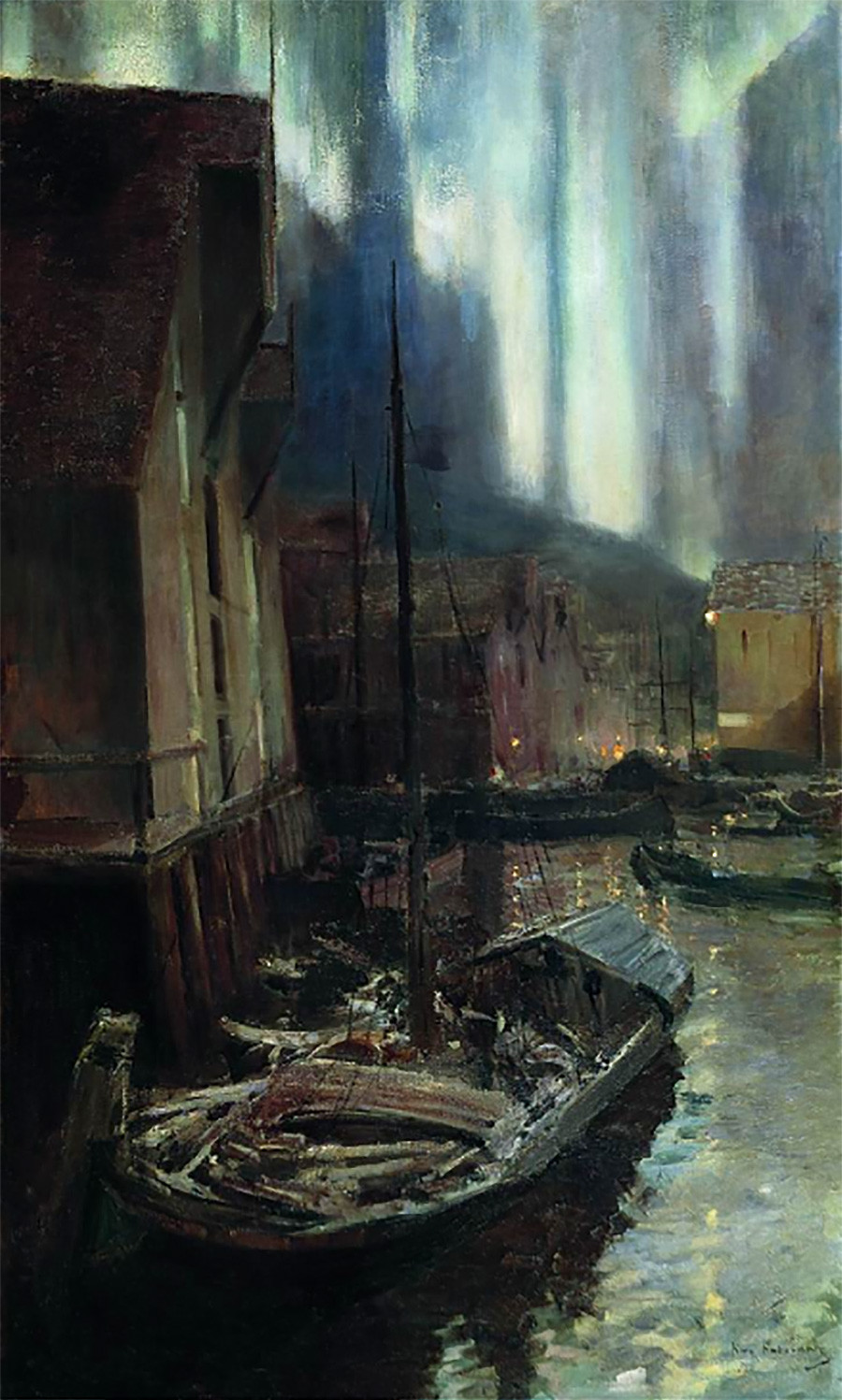
On the Balcony. Spanish Women Leonora and Ampara, 1888–1889

Paris. Café de la Paix, 1906
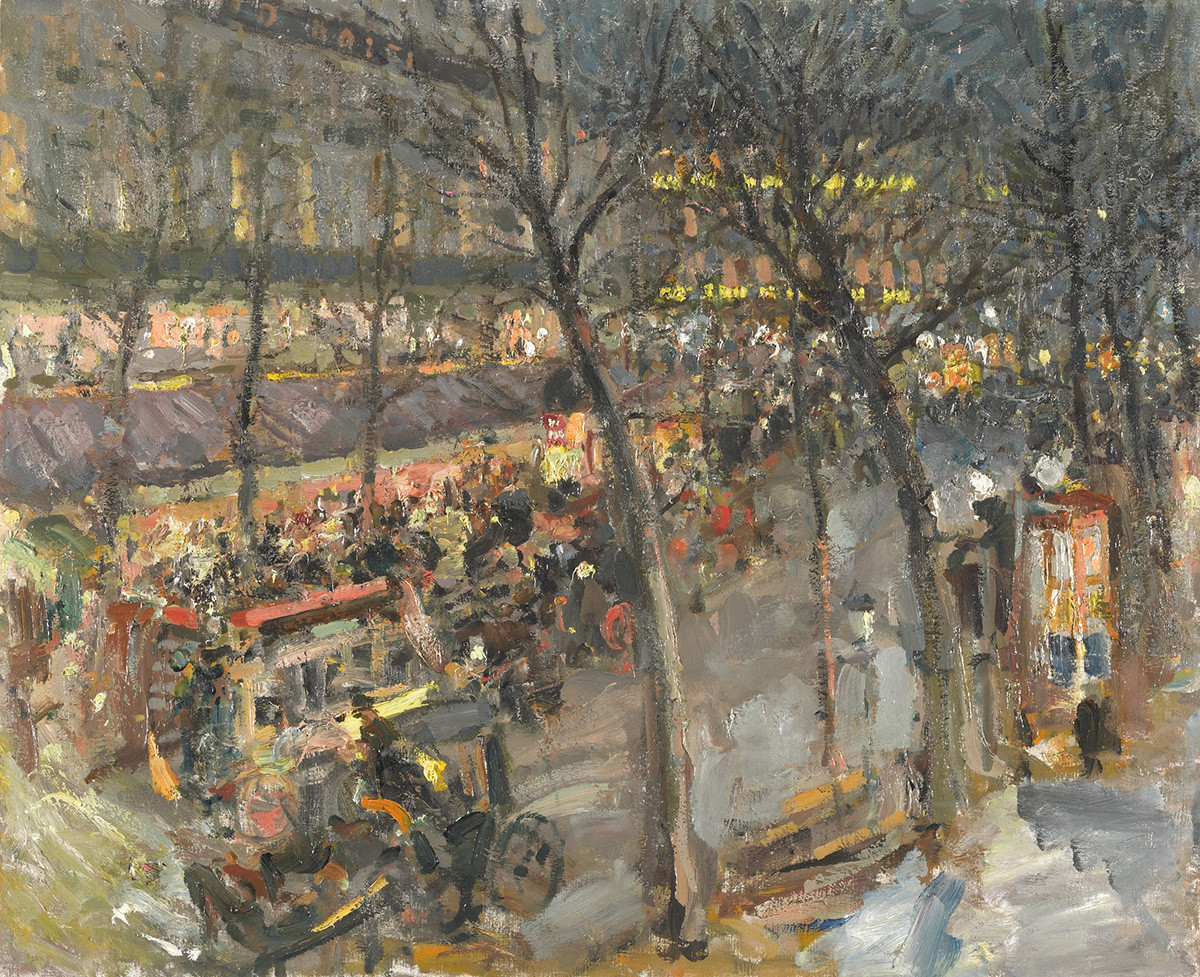
Venice. The Rialto Bridge, 1908
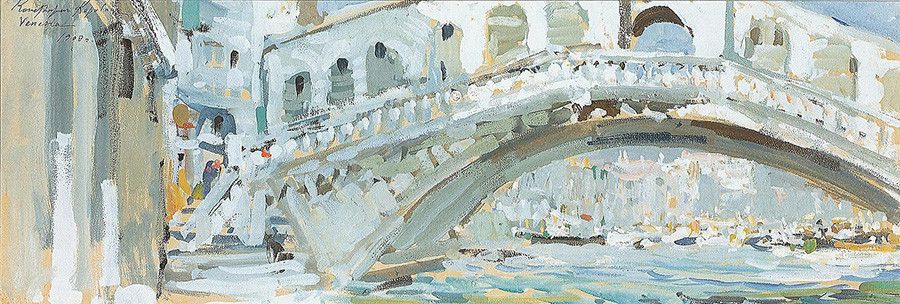
Paris. Saint-Denis. 1930s
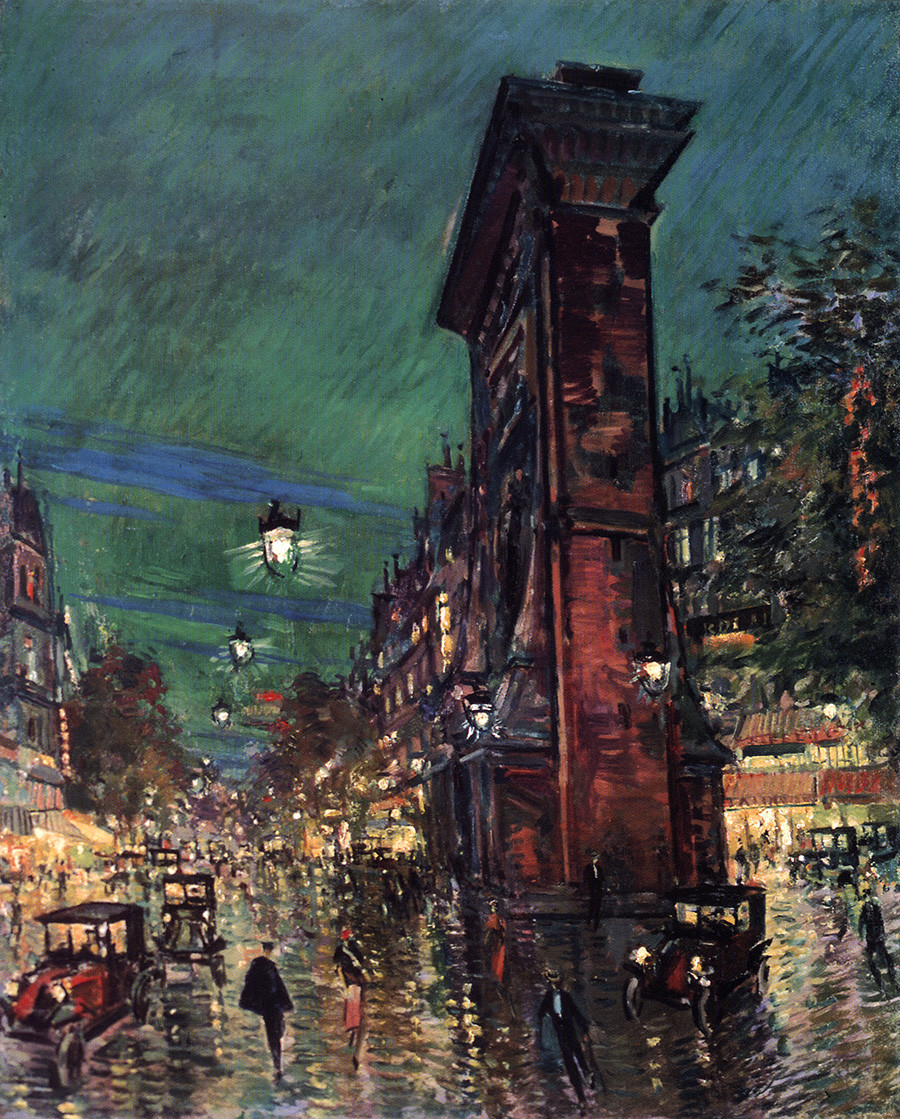
Ilya Repin (1844-1930)
Another connoisseur of Paris was the author of Barge Haulers on the Volga. Repin traveled around Europe on a stipend from the Imperial Academy of Arts, but Rome and Raphael left him cold. It was in the French capital that he felt a connection, and so decided to settle and rent a studio. During the course of his years-long stay in the city of love, he created the masterpiece Sadko, as well as several famous paintings on Parisian motifs.
Newspaper Seller in Paris, 1873
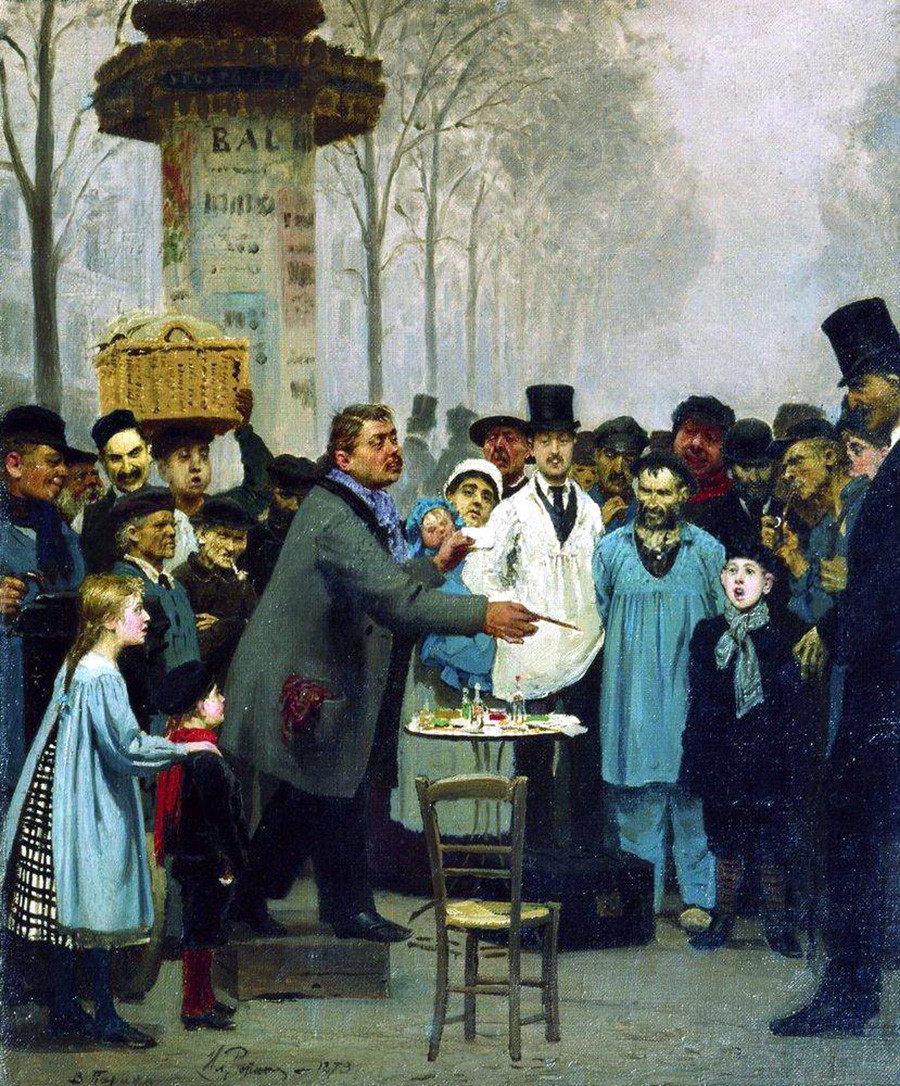
Parisian Café, 1875
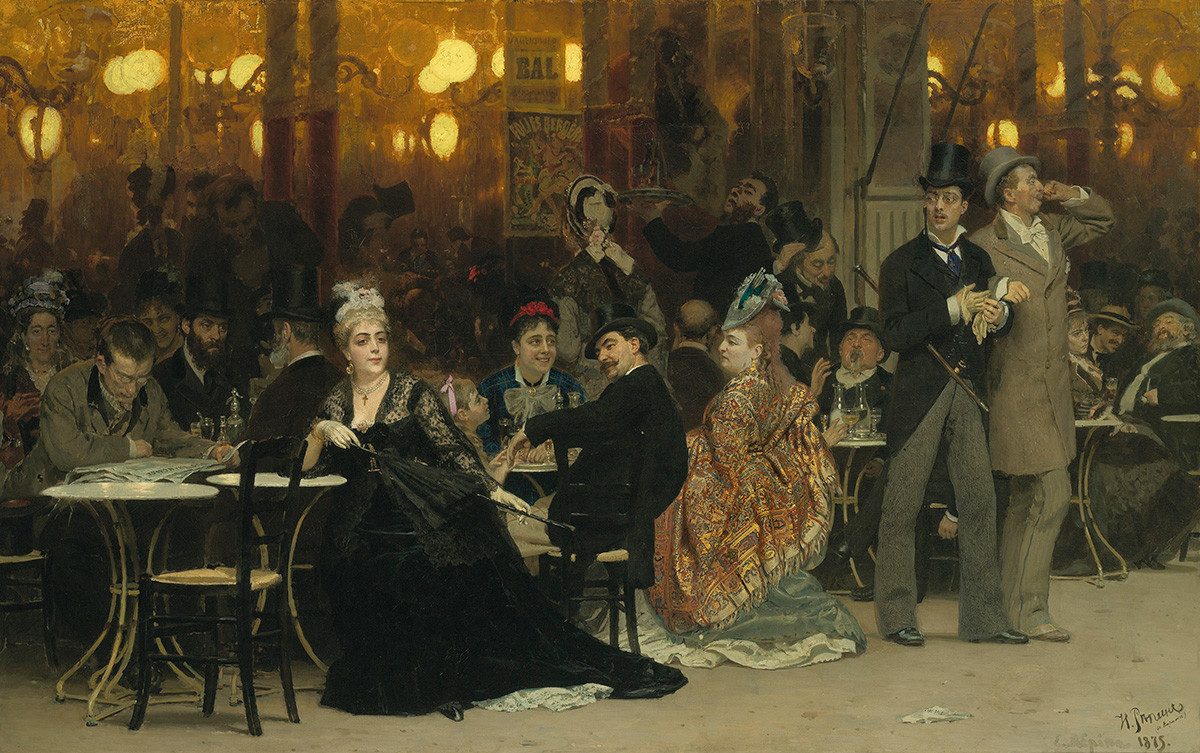
Boy at the Garden Wall. Montmartre, 1876
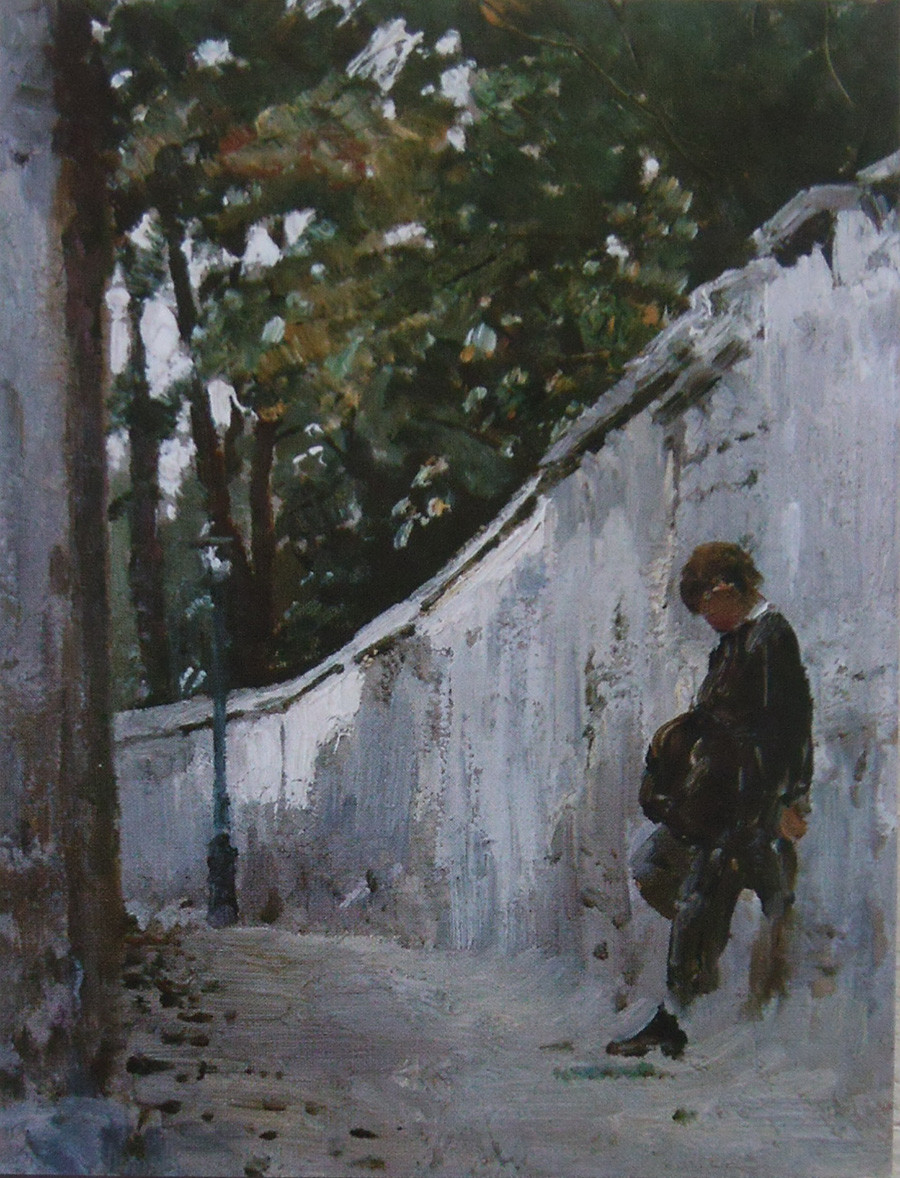
Vasily Surikov (1848-1916)
Surikov is known primarily for his monumental canvases depicting scenes from Russian history: The Morning of the Streltsy Execution, Boyarynya Morozova, Suvorov Crossing the Alps and many others. Less famous are the stunning watercolors that resulted from his travels in Italy and Spain.
Milan, 1884
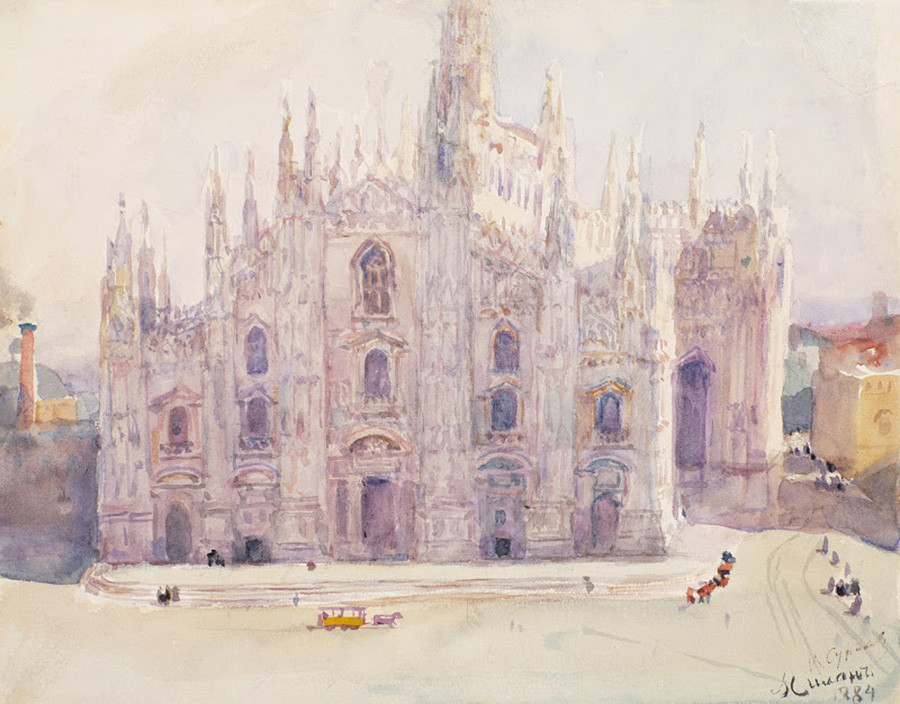
Rome, 1884

Venice, 1900

Seville, 1910

San-Fernando Square in Seville, 1910
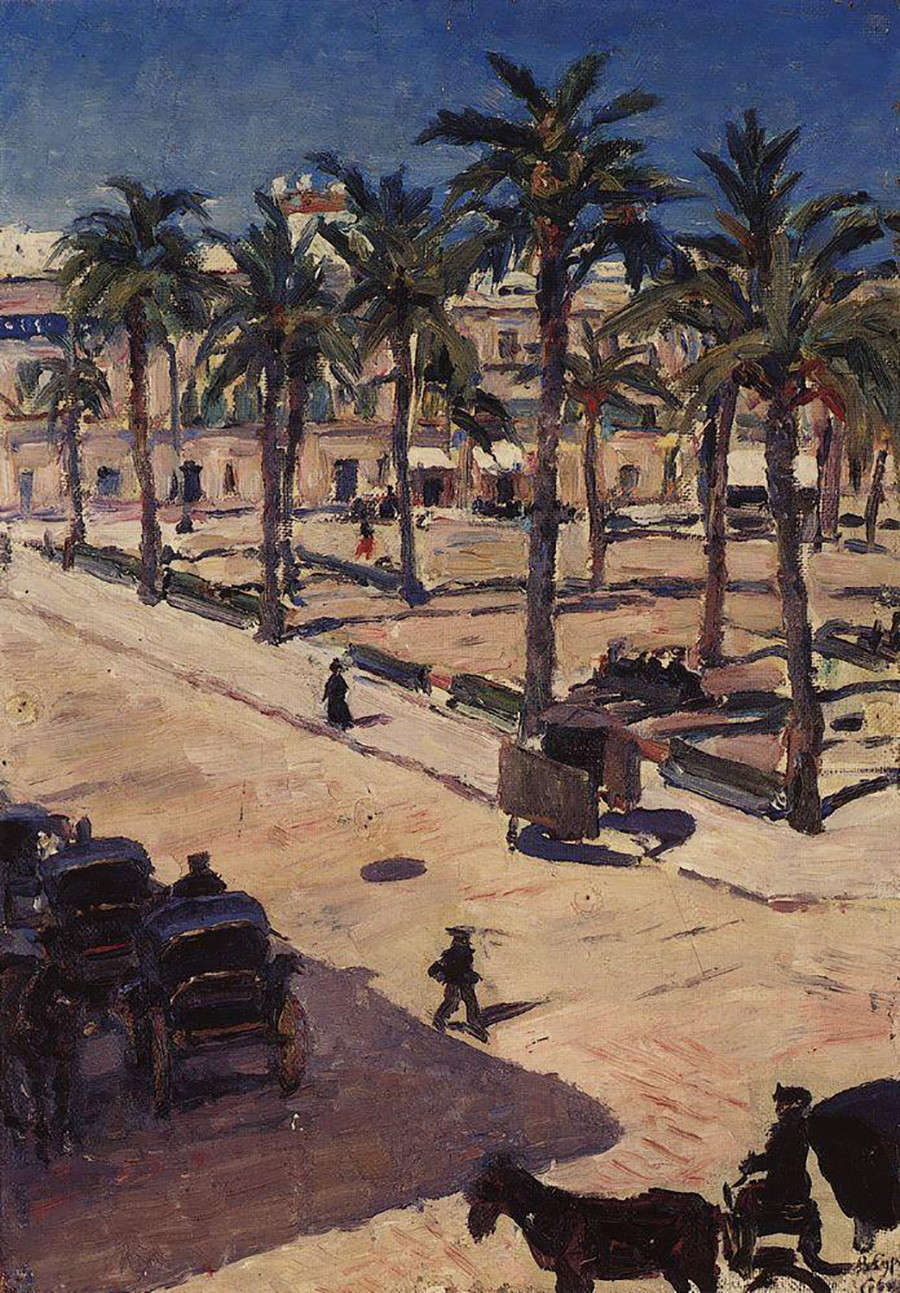
Seville, 1910
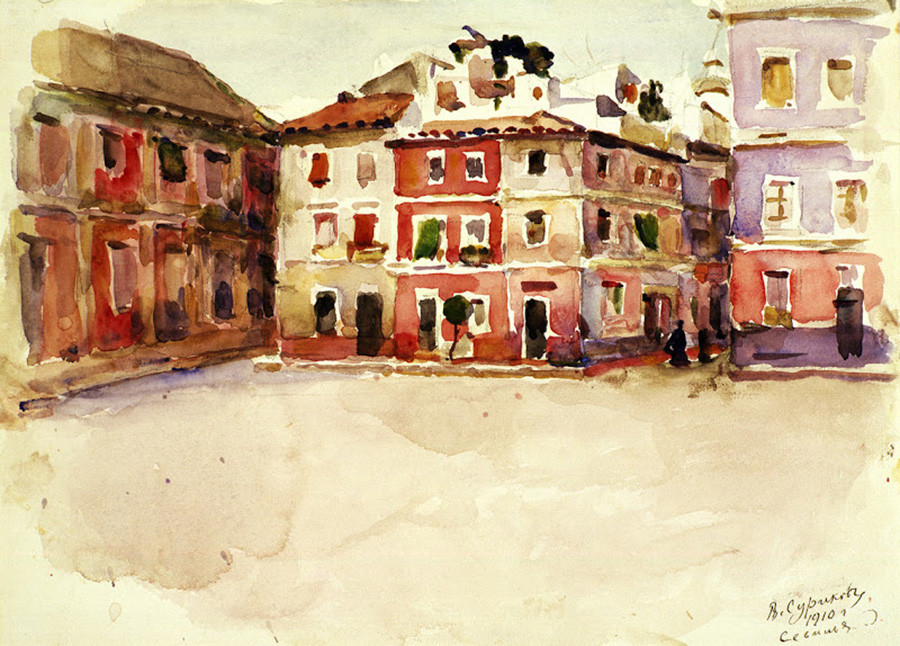
Arles. Bullfight, 1910

If using any of Russia Beyond's content, partly or in full, always provide an active hyperlink to the original material.
Subscribe
to our newsletter!
Get the week's best stories straight to your inbox